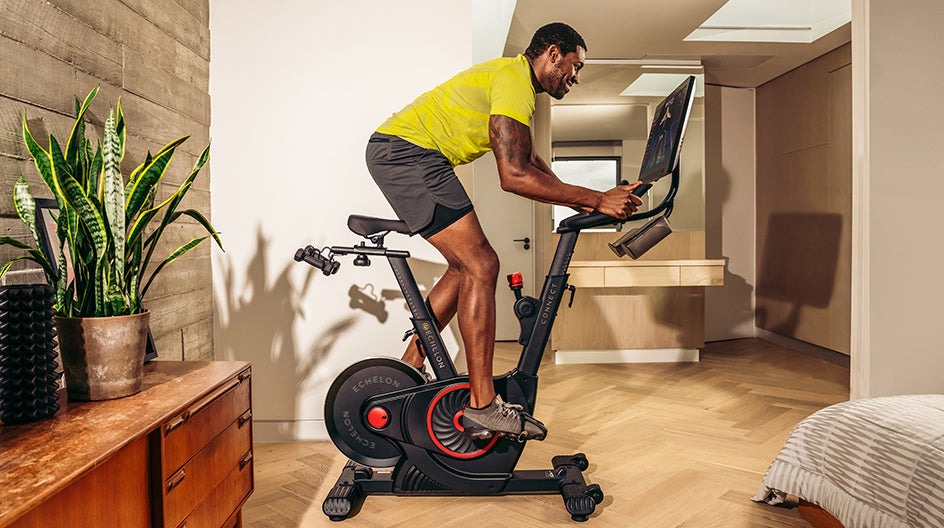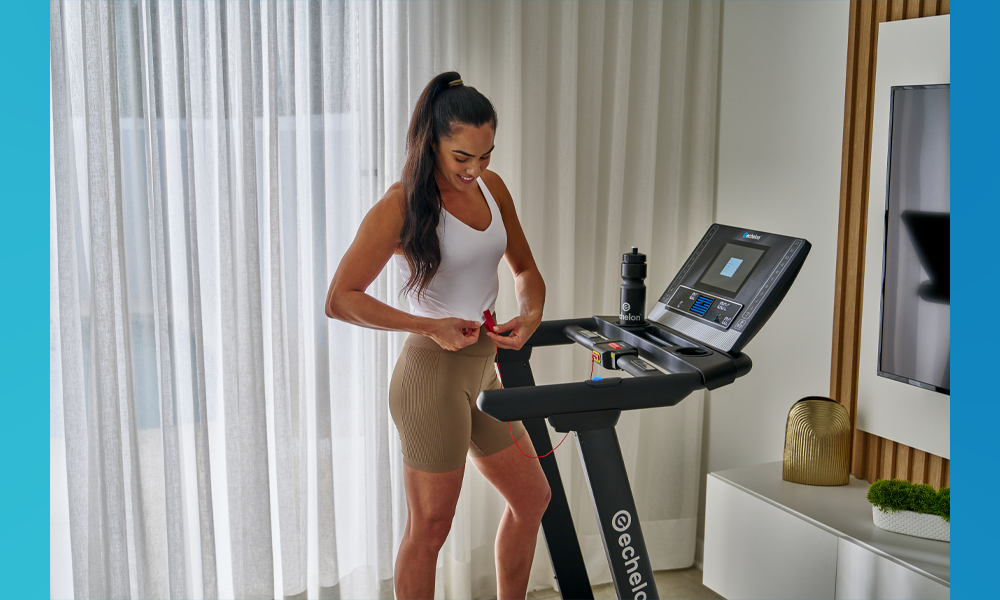Best Ever Prices
DELIVERY IN 5-7 WORKING DAYS
-
Special Offers
-
Equipment
-
Membership
-
Merchandise
-
30-Day Home Trial
-
Why Choose Us?
-
Your Safety Matters
-
News
-
Gift Vouchers
-
Echelon Commercial
-
Member Login
-
Store Login
Connect Rowers
Strength Training
Smart Fitness Mirror
Stair Climber
Our Best Ever Deals
DELIVERY IN 5-7 WORKING DAYS

Smart Bikes

Smart Treadmills

Smart Rowers

Stair Climber

Smart Fitness Mirror

Strength Home
NEW!

Exercise Bench
NEW!

Adjustable Dumbbells
NEW!
SMART HOME ROWERS
Why choose Echelon?REFLECT FITNESS MIRROR
Why Choose Echelon?Running Heart Rate: All You Need to Know

3 min read
When it comes to running, understanding your heart rate is crucial for achieving optimal performance and ensuring your safety.
In this article, we'll show you how to calculate your ideal personal rate, why it’s important to stay within safe limits during your smart treadmill training, and why going too high can be risky.
What is running heart rate?
Your running heart rate is the number of times your heart beats per minute while you’re running. It varies depending on your fitness level, age, and the intensity of your workout.
Monitoring your heart rate during a run can help you gauge how hard you're working and whether you're training in the correct zone to achieve your goals.
How to calculate your ideal running heart rate
Calculating your ideal running heart rate begins with determining your maximum heart rate (MHR). A commonly used formula is:
MHR = 220 - Your Age
For example, if you're 30 years old, your estimated maximum heart rate would be 190 beats per minute (bpm).
Once you have your MHR, you can determine your target heart rate zones. These zones are percentages of your MHR and are used to optimise your training. Here’s a basic breakdown:
Warm-up/cool-down zone (50-60% of MHR): Perfect for getting your body warmed up or cooling down.
Fat-burning zone (60-70% of MHR): Great for longer runs that help build endurance.
Cardio zone (70-85% of MHR): Ideal for improving cardiovascular fitness and increasing speed.
High-intensity zone (85-95% of MHR): Reserved for short bursts or interval training.
Why staying within safe limits is important
Training within your target heart rate zones ensures that you’re challenging yourself without overexerting.
When you run too far above your ideal heart rate zone, you risk straining your heart and muscles, leading to fatigue, dehydration, or even injury.
Our smart treadmills come equipped with heart rate monitors and settings that allow you to set your desired intensity level, ensuring you stay within safe limits.
The risks of going too high
Pushing your heart rate too high, especially during intense workouts, can be dangerous. It’s essential to listen to your body and not ignore signs like dizziness, shortness of breath, or extreme fatigue.
Running at a heart rate that’s too high for too long can lead to overtraining, a weakened immune system, or even cardiovascular issues. With a smart treadmill, you can avoid these risks by setting up your machine to alert you if you exceed a safe heart rate threshold.
Advantages of a smart treadmill for heart rate monitoring
Using an Echelon smart treadmill at home offers several advantages when it comes to monitoring and managing your heart rate. You can track your heart rate in real-time, making it easier to stay within your target zone.
Additionally, with our membership our smart treadmills offer workout programs that ensure you get the most out of your workout without pushing too hard.
Train efficiently with Echelon
Understanding and monitoring your running heart rate is key to maximising your treadmill workouts and staying safe.
By calculating your ideal heart rate zones and using one of our smart treadmills to stay within these limits, you can enhance your fitness while minimising the risk of overexertion.

Why Echelon is Different
See why we are the most affordable and best value at home fitness on the market.



















